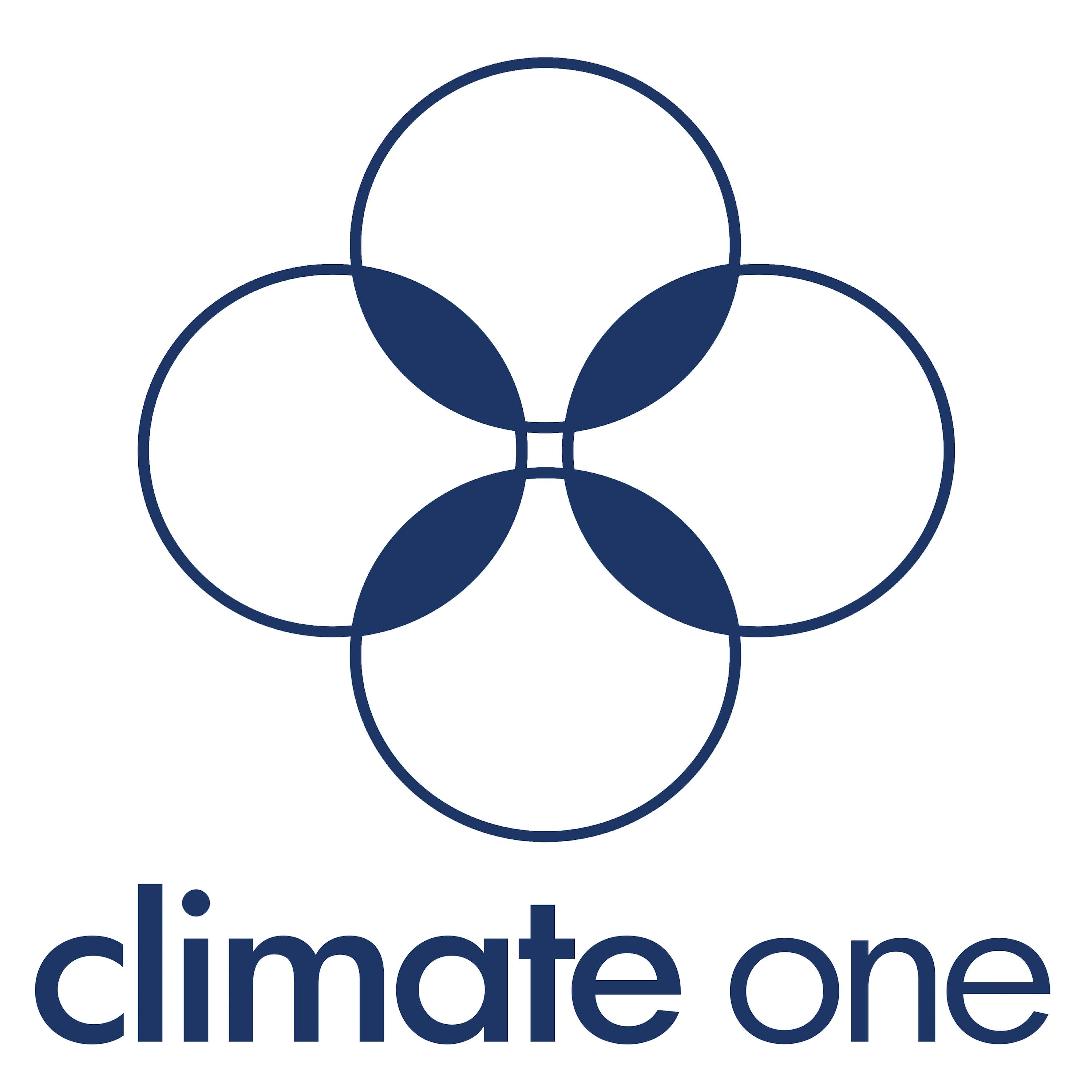Hot Cities, Methane Leakers and the Catholic Church

Mapping has emerged as a powerful tool for helping humans combat climate disruption. Technology for measuring the totality of global carbon emissions, for example, is highly refined: we know that half of all the carbon pollution humans have dumped into the sky has happened in just the last three decades. But understanding the specific sources of those emissions at the scale of factories or communities has been more elusive.\xa0\nRiley Duren, CEO of Carbon Mapper, has said, \u201cyou can\u2019t manage what you can\u2019t measure.\u201d Carbon Mapper, a public-private partnership that includes universities and NASA\u2019s Jet Propulsion Lab and is backed by philanthropists, uses satellites to pinpoint super emitters of both CO2 and methane in real time with the goal of reducing emissions.\nBut this isn\u2019t the only technology that may point the way toward a better understanding of climate threats and potential solutions. The Catholic Church, for example, holds vast tracts of land across the globe. But until Molly Burhans came on the scene, the Vatican had no real understanding of what they own. Burhans founded her nonprofit mapping organization Goodlands to provide the Church with the tools to use their landholdings to address issues ranging from erosion and biodiversity loss to climate migration.\xa0\nOn the local level, Ariane Middel\u2019s research uses a human-sized mobile weather station to look at variations in actual heat on the ground, chronicling how small differences in landscape and urban design can add up to major differences in heat impacts experienced by those who live and work in various built environments.\nGuests:\nMolly Burhans, Founder / Executive Director, GoodLands\nRiley Duren, CEO, Carbon Mapper\xa0\xa0\nAriane Middel, Senior Sustainability Scientist, Global Institute of Sustainability and Innovation\nLearn more about your ad choices. Visit megaphone.fm/adchoices